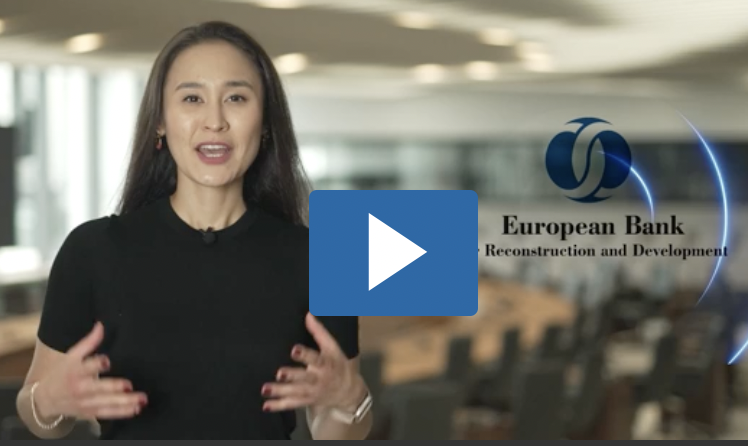The EBRD is organising a conference on “Understanding Banks in Emerging Markets: Observing, Asking, or Experimenting?” at its London headquarters from 5 to 6 September 2013. The conference – co-organised with the Centre for Economic Policy Research (CEPR), the European Banking Center at Tilburg University and the journal Review of Finance – brings together leading researchers to discuss recent developments in banking research.
The two-day programme features presentations on banks and microfinance institutions in countries as diverse as Hungary, Russia, Vietnam, Kenya, Mexico, South Korea, and India. In addition, two keynote speeches will be given, one by Antoinette Schoar (Massachusetts Institute of Technology) on “Insights from Behavioral Economics for Small Business Banking” and another by Atif Mian (Princeton University) on "Is Global Banking Useful for Small Open Economies?" Both keynote speeches are highly relevant to the EBRD’s countries of operations, nearly all of which have an above average presence of international banks and a vibrant small business sector.
While the presentations deal with a wide variety of topics, a common thread is the use of innovative data to learn more about how banks operate in the often challenging environment in emerging markets. In particular, the studies use data from existing data repositories such as credit registries (‘observing’); from large-scale surveys of bank CEOs and bank clients (‘asking’); and from randomised experiments (‘experimenting’). All three methods try to prise open banking’s ‘black box’, the shell that masks the sector’s inner workings, in different ways – each with their own advantages and disadvantages.
A special conference session will be devoted to the presentation of some first results of the recently conducted Banking Environment and Performance Survey (BEPS). As part of BEPS, face-to-face interviews were conducted with the CEOs of over 600 banks across 32 EBRD countries of operation. In addition, detailed information was collected on the exact geographical location of over 135,000 bank branches across these countries.
EBRD’s Cagatay Bircan and Ralph De Haas combine this data with information on the financing needs of Russian firms, taken from another EBRD survey, the Business Environment and Enterprise Performance Survey (BEEPS). By combining the data, they show that firms in Russian cities with more favourable banking markets not only have better access to credit but – because of this easier funding – also innovate more.
Micro-evidence like this helps us understand why banking development contributes to long-run economic growth, something we have learned from earlier studies that use less detailed, country-level data. Of course, it also sheds light on how EBRD through its FI operations in countries like Russia can help further innovation and economic development.
Other presenters try to open the banking black box by using randomised experiments to learn more about the behaviour of financial institutions and their impact on borrowers. For instance, Dean Karlan (Yale University) will present the results of an experiment in which he and his co-authors randomly varied the interest rates that Compartamos, Mexico’s largest microlender, offered across 80 regions.
Compartamos has long been challenged for the very high interest rates it charges and this study seeks to find out whether these high rates are optimal from the perspective of Compartamos itself. The study shows how lower interest rates brought in substantial numbers of new borrowers. While these additional clients did not increase profits as the costs of servicing them offset any increase in revenues, the authors conclude on the basis of their real-life experiment that Compartamos can sustainably serve more clients by cutting rates, at no cost to shareholders.
Banking’s ‘black box’ still resists our efforts to understand the sector. But this conference will go a long way towards prising it open and peering inside.



